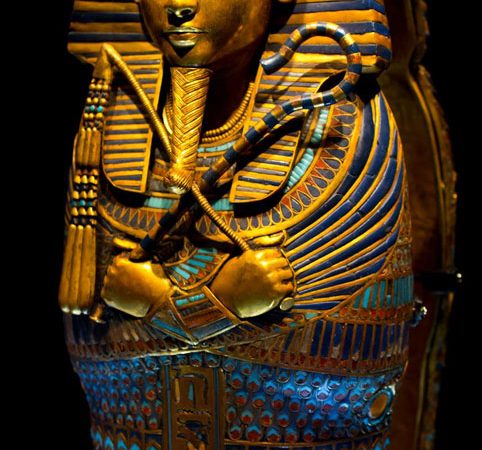Shots didn’t necessarily “ring out” in the evening of Friday, Feb. 28, 1975, but several campus members were concerned when a BB pellet struck a Huntress window.
The third-floor window was part of 17-year-old Judy Brown’s dorm room, whose reading was interrupted by the shot at around 9:30 p.m.. Although she was not injured, she was concerned because the resulting hole was comparable to the size of a .22 caliber slug.
Officer Pierre LaGrenade investigated the scene and determined that the hole was not caused by an actual slug because, after searching the scene for a half an hour, no bullet could be found. La Grenade determined “the shot probably bounced off the window after impact and disintegrated.” He also said that the shot most likely originated from the science center due to the angle of which the window had been struck.
Custodian of the science center Roger LaMothe said that this wasn’t the first time BB shots had been fired at buildings. LaMothe said, in recent months, several windows in the science center were broken by a BB pellet; he added “one shot just missed a student.” He also speculated that the culprits were local middle school and high school kids. LaMothe said he knew of several neighborhood kids who owned BB guns and had also caught some kids in the science center after it had been locked up.
Although, Huntress resident assistants Margaret Dixon and Janet Sauer said that Friday night had been “crazier than usual.” Sauer said there were people she did not recognize outside the building and there were two males setting off fireworks and causing a disturbance. They also said that rowdiness and general drunkenness had increased on campus recently because fraternity parties had closed down several weeks prior.
Despite this, and the fact that another window was broken by a BB pellet on Sunday night, KSC security guard Ivo Radicioni did not believe it was a dangerous person and said it was “just a bunch of kids fooling around.”
I couldn’t help but wonder: what if that “bunch of kids” didn’t have BB guns but instead had gotten ahold of a real gun? Judy Brown’s life could have very easily ended that night.
We’ve seen what young people can do given a dangerous weapon. In the 1970s, most of the “school shootings” were done by disgruntled adults or gangs, not young people. College students of the 70s were worried more about shootings like what occurred at Kent State, where four students were shot while protesting the Vietnam war when the National Guard opened fire on the students. It wasn’t until the 1990s when student gun violence was being perpetrated in schools, which finally culminated in Columbine High School, where two students shot and killed 12 students and one teacher in 1999, completely changing the nation’s perspective on gun violence and school shootings.
It’s easily argued that Columbine prompted much reform in the way of school security and police response procedures to active shooters. But has it been enough? We’ve had almost 20 years to perfect the technique of keeping students safe so why are shootings like Sandy Hook and Marjory Stoneman Douglas still happening?
I feel like we have the right to demand an answer for that. School shootings are not a recent problem, they’ve been happening for decades. History has shown us, time and again, what not to do and what to look out for but apparently we, as Americans, have a difficult time with the concept of keeping weapons away from schools and away from children or seeing the signs of a troubled young person.
Gun control and school violence isn’t something a person can suddenly think of a solution to, in order to solve a long-standing problem you have to take a lesson from history. If not, and the information provided by past tragedies goes ignored, then the victims would have died in vain.
Abbygail Vasas can be contacted at avasas@kscequinox.com





